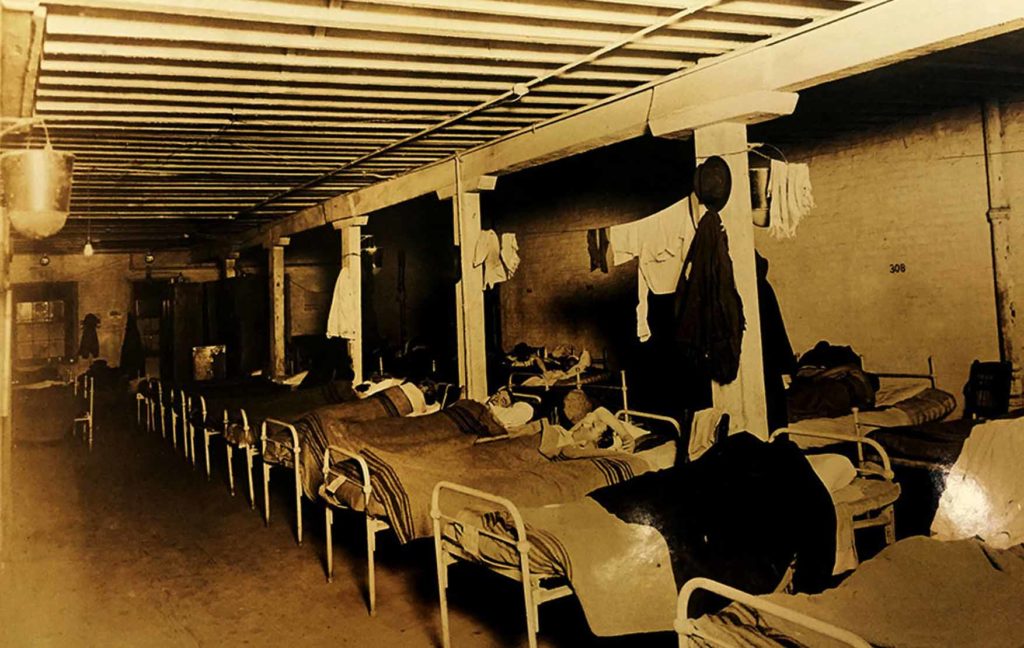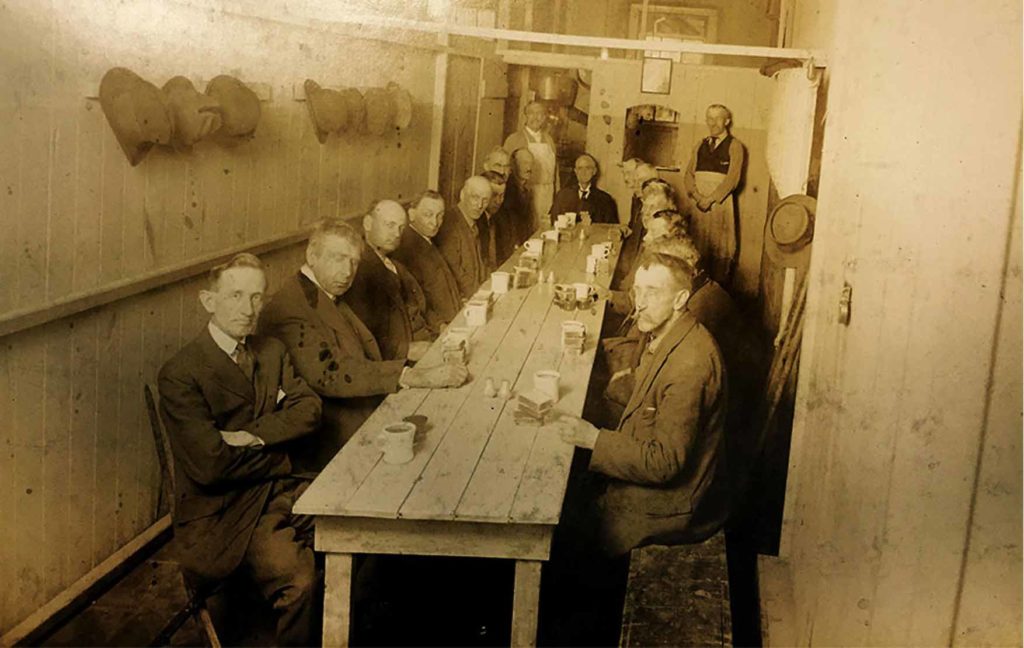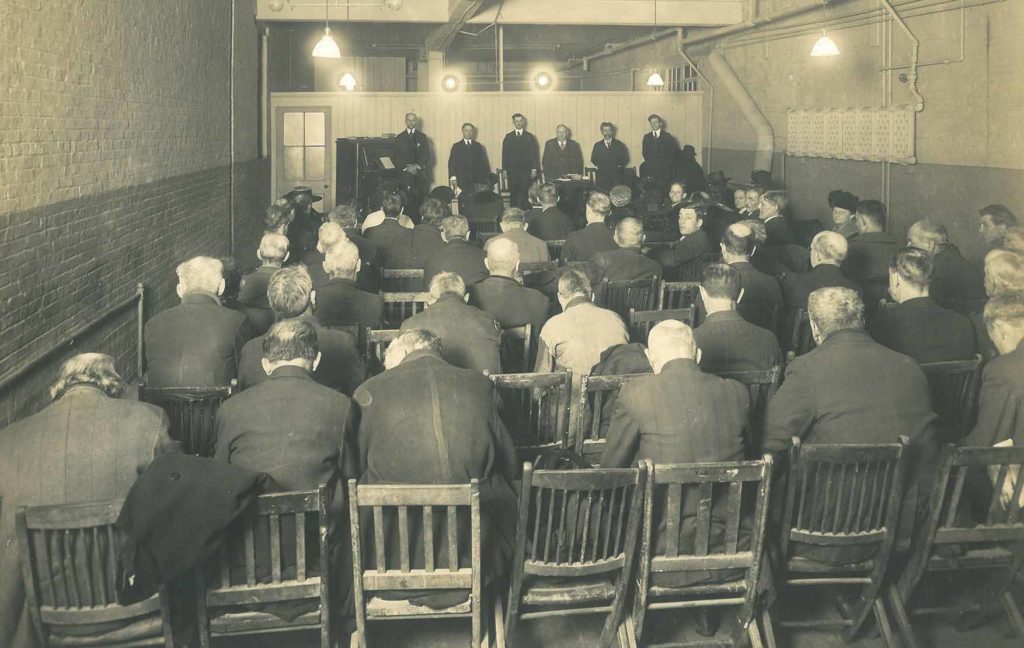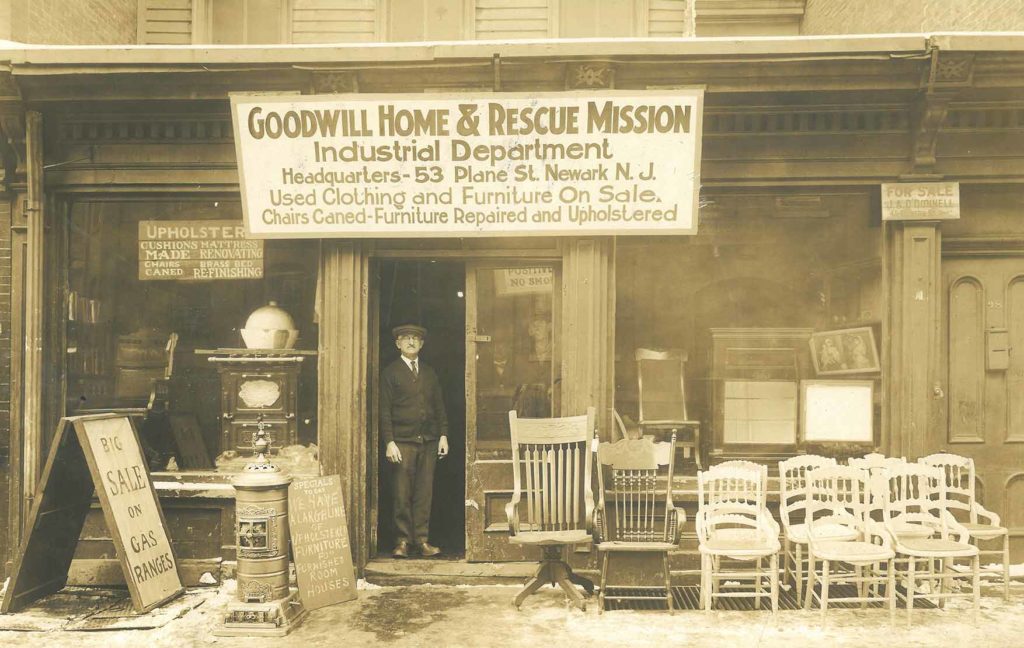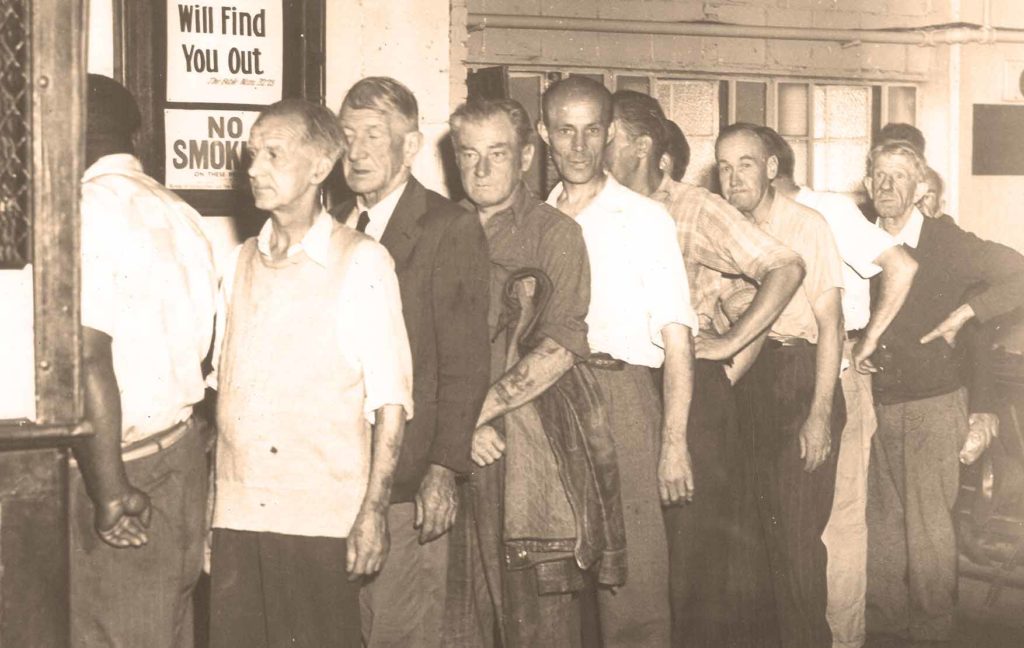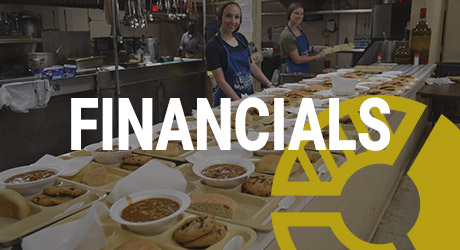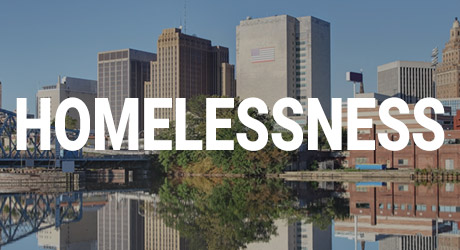History of Goodwill Rescue Mission
Since our founding in 1896, Goodwill Rescue Mission has provided hope to people experiencing homelessness, hunger and other crises in northern New Jersey through a variety of programs that addressed the needs of our neighbors at the time. Our programs and structure have seen many changes in over 125 years, but our focus has remained the same: to serve our most vulnerable neighbors and share God’s love for them in everything we do.
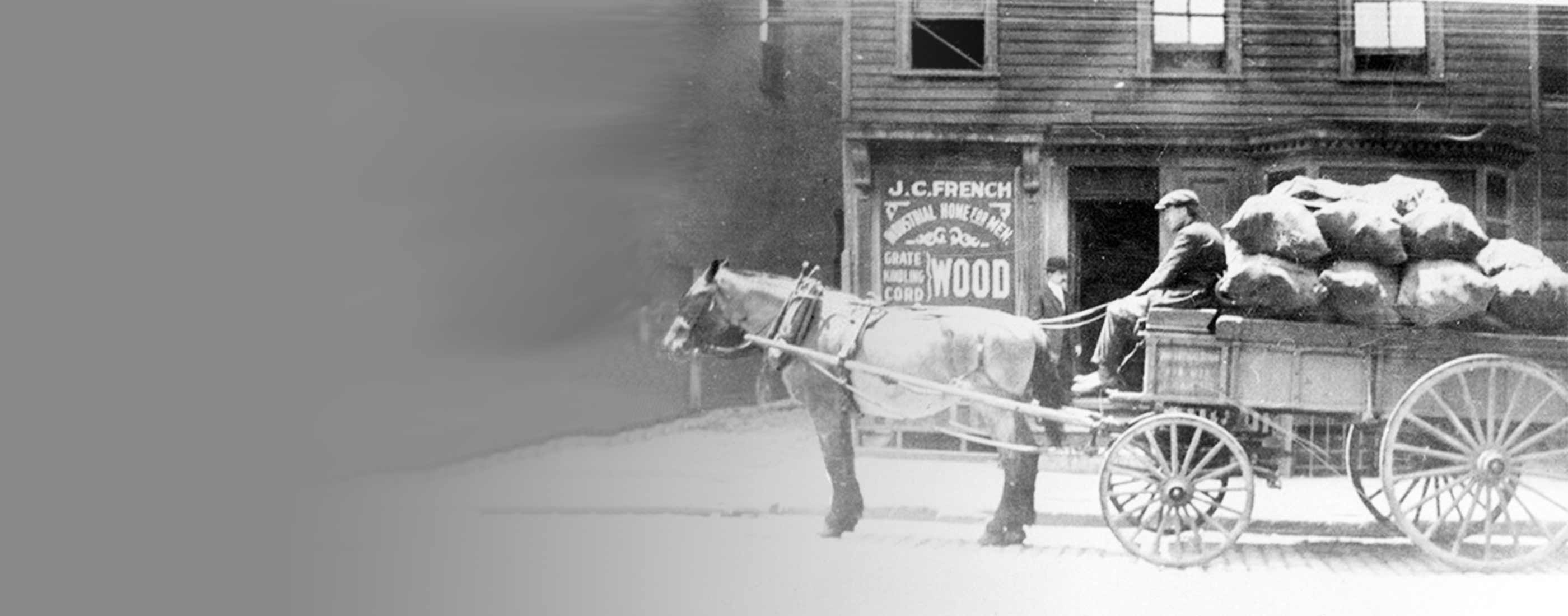
Founded in 1896, Goodwill Rescue Mission began its operation as Industrial Home For Men, a reflection of the founder’s conviction that a positive work experience is key to successfully restructuring lives. The Mission’s priority was—and is today—to share the love of God with the needy of northern New Jersey by providing food, clothing, shelter, spiritual guidance and instruction to those whose lives have been nearly destroyed by alcohol, lack of work and other circumstances.
Early enhancement to Mission programs included extensive outreach to families and an accredited medical facility. Then the Mission faced severe financial pressures during World War I, and God used two successful fundraising campaigns in the 1920s to ease the Mission’s debt.
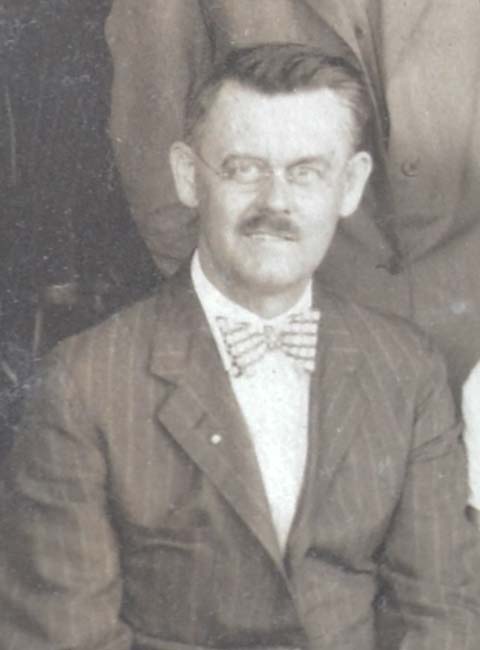
Much of the credit for the turnaround and subsequent growth of the Mission is credited to Rev. Lawrence Sutherland, who served as the Mission’s executive director for 38 years. Under his able leadership, the Mission moved from being a struggling institution to one with a nationwide reputation for excellence in rescue ministry.
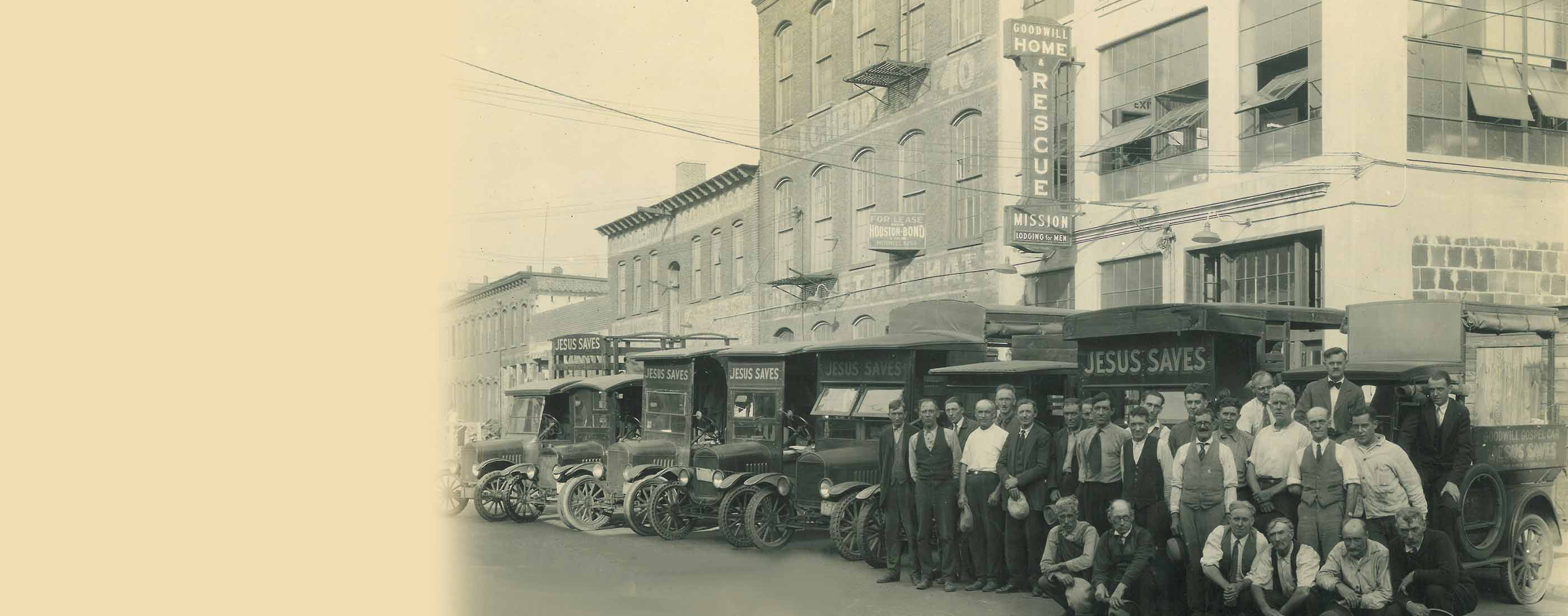
As massive poverty and devastating unemployment shook America during the Great Depression, the Mission responded in faith and action. Although eligible for aid from the federal government’s National Recovery Administration (NRA), the Mission chose to ensure its independence as a faith-based institution by continuing to rely on private donations.
During World War II, the Mission continued to serve an ever-increasing number of needy men, women and children. The post-war period of the late 40s and early 50s was a fertile time for evangelism, and the Mission participated in a number of evangelistic crusades held in Newark during that time.
During the 60s, widespread experimentation with mind-altering drugs, the civil rights movement, Vietnam, the sexual revolution, “white flight” from the nation’s urban centers and other trends meant change for the nation and the Mission. An adoption ministry was established in 1962 to help mothers who were unable to care for their children find loving homes for them.
Throughout the 80s, the Mission continued to shelter the homeless, and unlike government-sponsored shelters, provided good spiritual “food” for the hunger of the soul as well as the body.
During the past two decades, the world has become computerized and interconnected on an unprecedented scale. To equip our residents, the Mission initiated a computerized learning center in 1991—one of the first in rescue missions in North America.
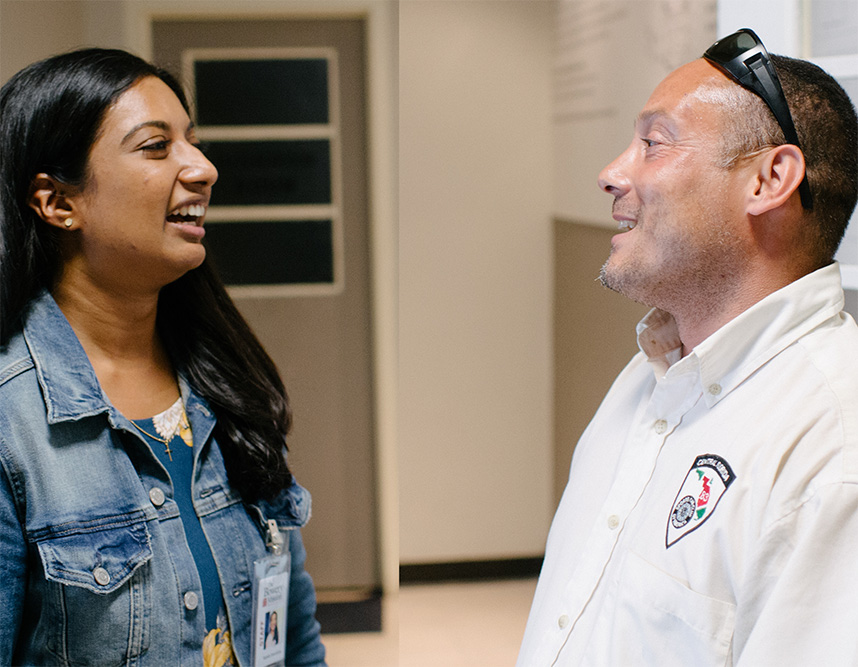
In order to effectively combat the epidemic of homelessness and to meet the needs of our neighbors across the Newark & New York City metro areas, Goodwill Rescue Mission joined forces with The Bowery Mission in 2016. Leveraging more than 260 years of combined service, our historic organizations have united to reimagine the fight against poverty and homelessness — and to offer places of welcome, care and healing.
Now, in addition to receiving food, clothing, shelter and individualized care, men and women in Newark also receive an invitation to “choose help” by entering The Bowery Mission’s residential recovery programs in Manhattan. The full continuum of care now includes improved services ranging from clinical and spiritual counseling, to addiction recovery, life skills and job training, financial counseling and job and housing placement.
For over 125 years, friends like you have carried forward our mission to bring hope to people in need in our community. Countless lives have been rescued, redeemed and restored through essential care and transformational recovery programs. Today, we look forward to another century of blessing brought by a renewed vision to more effectively care for our most vulnerable neighbors in our community.

